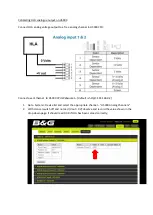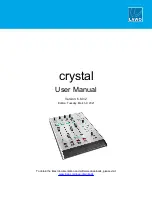
Basic Chemistry and Basic Corrosion Theory
2:25
CP 1 – Cathodic Protection Tester Course Manual
©
NACE International, 2000
02/01/05
Pitch Seal
Air Space
Carbon and manganese
dioxide mixture
Carbon rod
Protective casing
Electrolyte paste
(ammonium chloride
and zinc chloride)
Zinc
Separator
Negative terminal
Microsoft Illustration
Graphite-Zinc Battery
Figure 2.17 Flashlight Battery as an Example of a Galvanic Cell
EXPERIMENT 2.3
Alloying
In the alloying process, grain boundaries are formed. Similar to dissimilar
metals, the grain boundary may be more active or more noble than the
adjacent metal causing a voltage difference. Also, the more active metal
used to make an alloy may corrode leaving behind the more noble metal.
This is usually referred to as the active metal leaching from the alloy, such
as zinc from brass (dezincification).
Mechanical Stresses
When a metal experiences mechanical stress, the more highly stressed area
is usually the more active area and becomes the anode of the corrosion cell.
Temperature Differences in the Metal
If parts of a structure are at different temperatures, the higher temperature
area is usually the more active area and becomes the anode of the corrosion
cell.
Summary of Contents for CP 1
Page 1: ...CP 1 Cathodic Protection Tester Course Manual February 2005 NACE International 2000 ...
Page 265: ......
Page 266: ......
Page 267: ......
Page 268: ......
Page 301: ...RP0169 2002 32 NACE International ISBN 1 57590 035 1 ...
Page 535: ...TM0101 2001 24 NACE International ISBN 1 57590 137 4 ...
















































